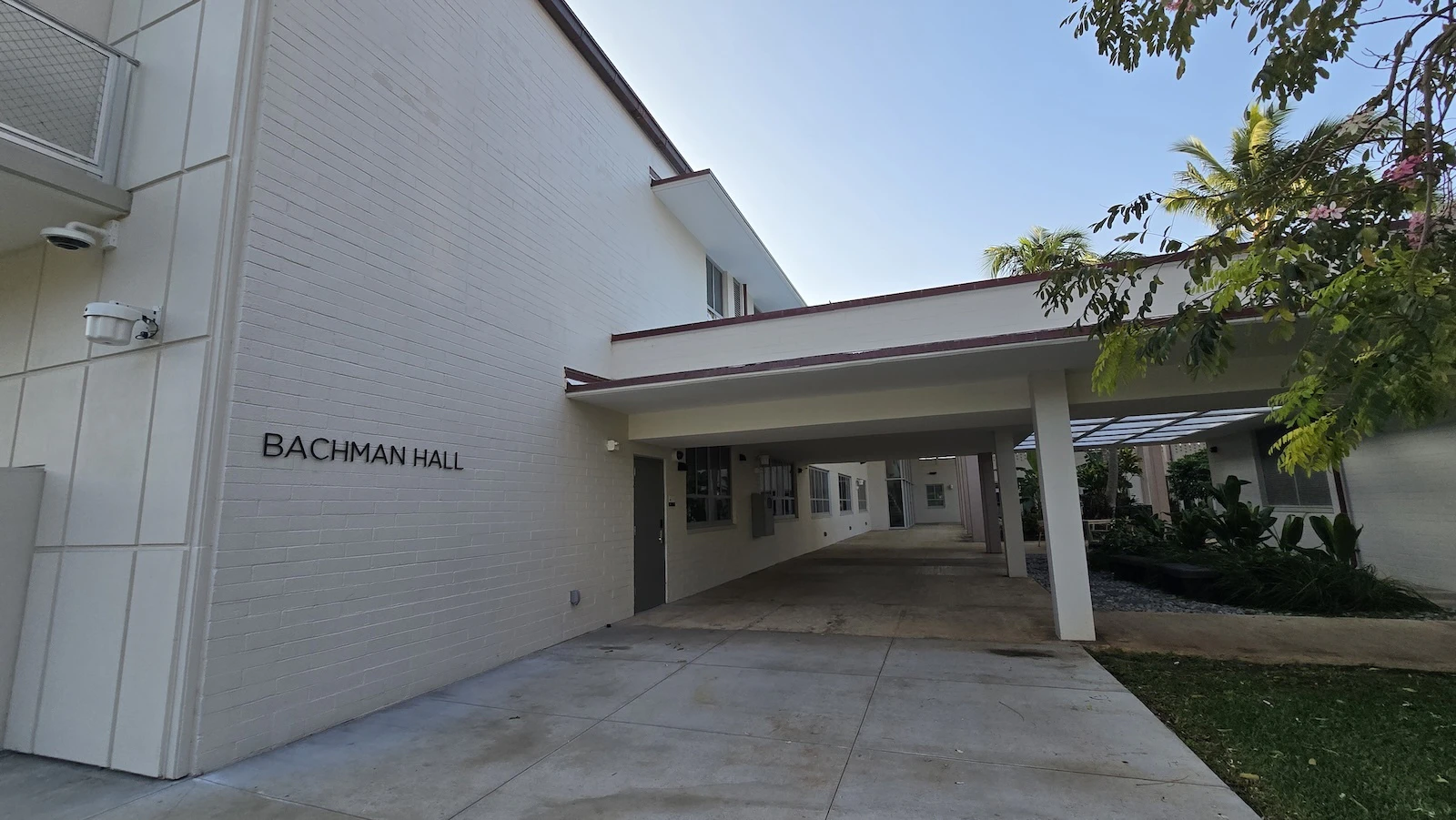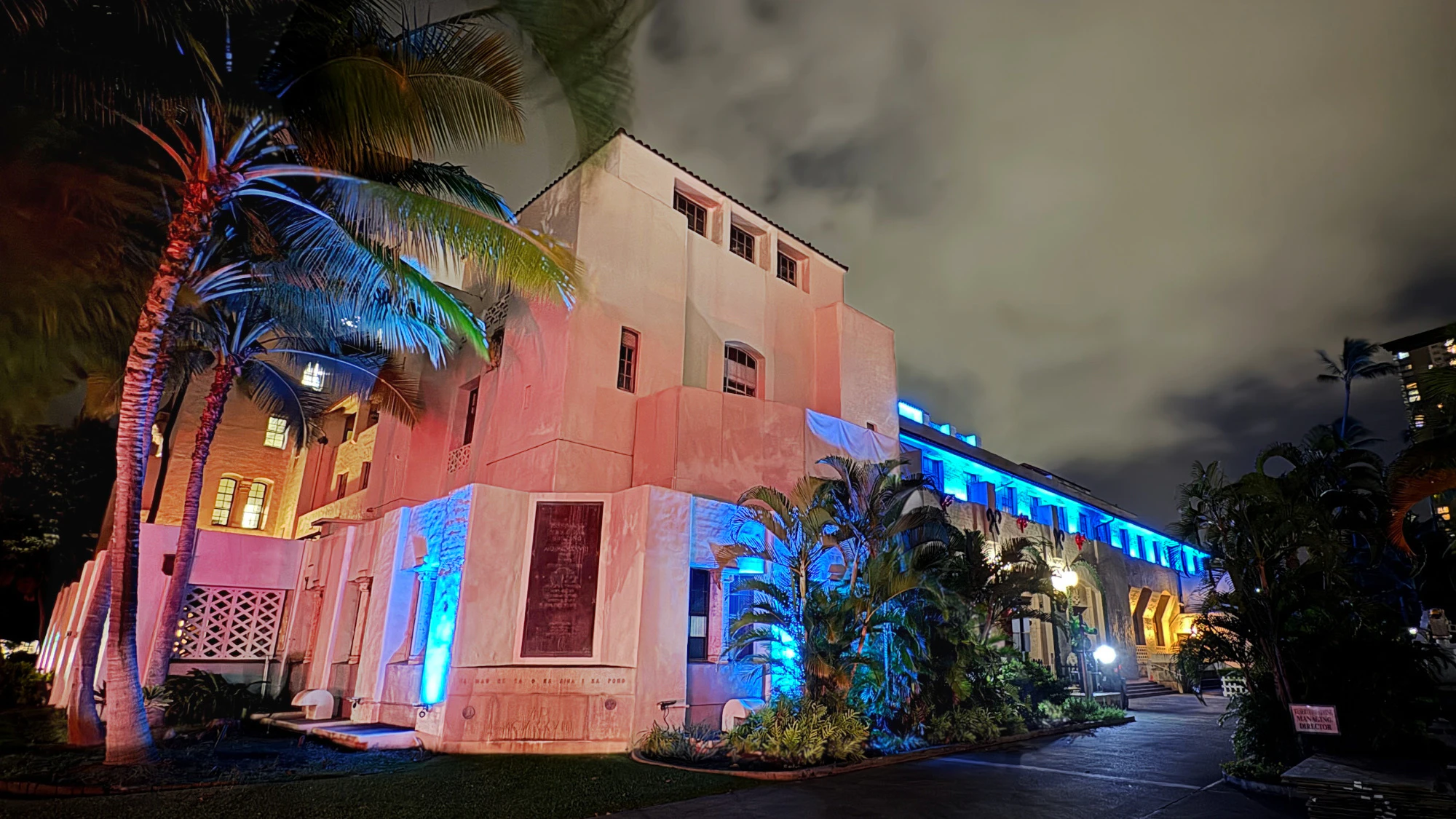I wonder if there’s a civics course UH President Wendy Hensel can audit, because on Tuesday, April 22, she issued a statement on Instagram that suggests she may have forgotten the nature of the institution she works for.
“Today, I joined over 190 college and university leaders in signing a statement opposing government overreach and political interference in higher education,” Hensel wrote. “We reaffirm our commitment to academic freedom and the free exchange of ideas, standing united as a community to protect the core values of education.”
This, of course, is in response to federal grant cuts by the Trump administration, which is pursuing different priorities from previous administrations, using funding as leverage. There are a lot of sweeping claims in the letter about the purported independence of American universities in the golden age before Trump, which you can read in full at PBS.org.
I don’t even know where to start unpacking Hensel’s post, or the mentality of the letter's signatories, so let’s start at the beginning.
Here in Hawai‘i, the UH owes its very existence to the federal government. In 1907, Hawai‘i Territorial Gov. George Carter signed into law Act 24 of the Territorial Legislature, creating what was then called the College of Agriculture and Mechanic Arts. It was established as a land-grant college.
That means UH was born out of the Morrill Acts of 1862 and 1890. These federal laws sought to beef up higher education among the states, with a stringent demand that the universities would emphasize vocational training to be of greater service to the industrializing nation's needs at the time. Not much academic freedom in that.
Where did the Morrill Acts find the money to pay for these colleges?
I hope my university readers are sitting down for this: The feds got the money by selling land that the federal government obtained from Native Americans, “treaties, agreements, and seizure," according to the National Archives.
This is, as they say on campus, “problematic.” You probably can’t walk 10 feet on the Mānoa campus without running into a grad student or a professor, steeped Howard Zinn’s baleful writing, who will tell you this was abject colonialism, white supremacy, dispossession, exploitation, and generally not very nice. By their own terms, the very definition of “government overreach and political interference."
Yet, here we are. UH exists because of it.
The 1890 follow-up is significant here because in that act, Republicans offered to extend the land-grant college system into the former Confederate states on the condition that their colleges prove they were not using race as a basis for admission. One of the things the more than 190 college and university leaders are upset about in 2025 is that the Trump administration is using grants to force them to reject their DEI-based policies.
Obviously, the university leaders and the Trump administration disagree on the merits of DEI, but no one can say it's unprecedented for the feds to use grant money to exert pressure on universities over race policies.
There’s a fundamental misunderstanding by Hensel and the other university leaders protesting “government overreach” and “political interference.”
Some of those letter-signing institutions are nominally private but receive substantial sums of public money via grants and contracts, not to mention the special status afforded them as tax-exempt nonprofits. That status depends on government permission to be excused from the tax liabilities any other business would face, which leaves them open to public policy pressure. It’s a conditional status, organizations have to apply for it and agree to serve some public good in exchange for contributing less money than we do in the private sector.
And as for UH — UH is government, state government, wholly, and always has been. Its priorities reflect someone’s politics and always have. In this reality, “overreach” and “interference” are meaningless slogans. Public universities belong to the people, and are subject the will of the people through the politicians they elect — whether university leaders like those politicians or not.
In practice, the universities know this and abide by it, despite their claims of independence.
They don't lead, they follow and what they follow is the money. UH has done a phenomenal job at appealing to the priorities of the agencies under the previous administration, on track for $700 million in funding this year, Hensel described in her recent town hall, the fourth straight year of record-breaking grant funding.
If the letter-signing university leaders truly want to be free of that distortionary influence and have their independence, there’s exactly one way to do it: Stop. Taking. The. Money.
UH leaders have been out in force talking about the impact of the cuts. As Hensel outlined in her town hall, as of April 21, 48 federally funded programs had been terminated, paused or phased out, impacting 82 employees, costing UH $36 million in awards equating to $250,000 a month in payroll expenses.
Here's some context she left out. In the 2024 fiscal year, the UH system spent $1.136 billion. The cuts amount to 3% of that. As of 2023, 9,225 people worked in the UH system. The 82 impacted so far represent 0.8% of the system’s total workforce.
Hensel said that university is financially stable and will be paying severance to terminated faculty and staff. She outlined how she has been instituting new financial controls on such things as hiring, contracts and travel. And that was the extent what she had to say as the leader of the UH system on what actions the system is taking to adapt, financially. No word about what could be done, or what was tried, to save those jobs or fund the research some other way.
In fact, that question didn't get addressed until 23 minutes into the audience Q&A. Couldn't the university simply take over the cancelled grants, someone asked. Kalbert K. Young, vice president for budget and finance and chief financial officer, answered, not Hensel.
"Theoretically, that is a possibility," he said. "Right now we are on a position that, very cautious[ly], the state and the university cannot afford to take over funding that was previously provided by the U.S. federal government."
A handful of surgically precise rescues might be mounted, he said, but, "As of today, generally, that is not the go-to approach."
It's a billion-dollar operation, but if the feds kill your research, the most you can expect UH is cut a severance check. No explanation of why that is. No one addressed how this squares with all the principled, high-minded statements about academic inquiry and university independence.
If it were my dissertation that got blown up, if I were part of the 0.8% of the workforce let go, I might be wondering why a system so huge can't handle a mere 3% hit. Nothing can be done? Really? No money can be moved, no priorities shifted?
Well, terminated UH employees, it's not like absolutely nothing was done to help you.
Hensel signed a letter.
A. Kam Napier is editor in chief of Aloha State Daily. His irresponsible, socially unacceptable opinions are his own and not reflective of the ASD team.
A. Kam Napier can be reached at kam@alohastatedaily.com.





